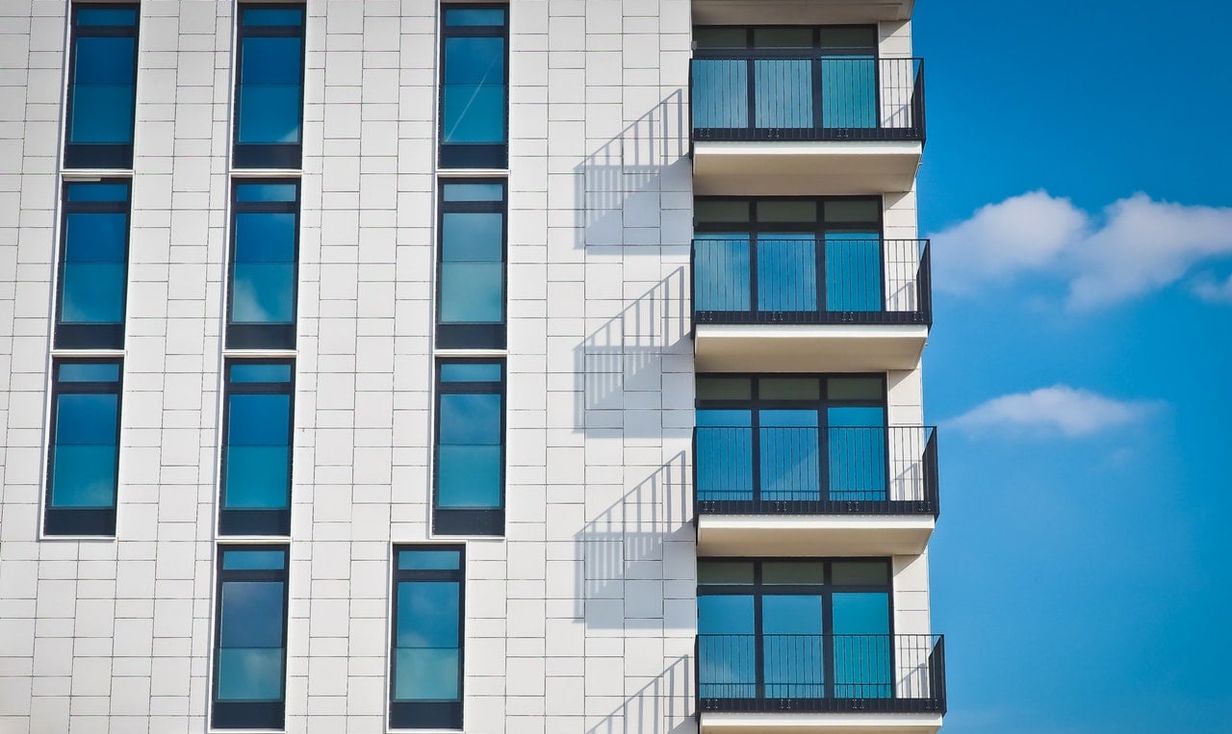What is cladding?

How does cladding affect first time buyers and shared owners?
As a property portal and educational resource for homes available through affordable home-buying and rental schemes, Share to Buy are not able to comment on cladding issues within specific developments. However, we do understand its importance and that potential purchasers and current owners – including shared owners – should have access to the information they need in order to understand what cladding issues could mean for them.
What is cladding?
Cladding is a material which is applied to buildings to increase energy efficiency, weather protection and improve appearance. Cladding can either be incorporated into the design of a new building or fitted to an existing building; the element is non-load bearing, meaning it is not structurally integral to the building itself.
Following the Grenfell Tower fire in June 2017, certain forms of cladding were found to be combustible which has led to issues for some residents. Where certain assurances cannot be provided, surveyors are not able to provide a valuation on a home which halts sales, staircasing and remortgages, meaning that certain residents in high-rise apartment blocks are unable to complete on their transaction.
What is the government doing about cladding?
In January 2022, the government reset its approach to building safety with a new plan to protect leaseholders, with the then Secretary of State for Levelling Up, Michael Gove, guaranteeing that no leaseholder living in their own flat would have to pay to fix unsafe cladding.
The government’s four-point plan is as follows:
- The next phase of the Building Safety Fund would be opened up to drive forward the removal of dangerous cladding from high-rise buildings, prioritising the government’s £5.1 billion funding on the highest risk.
- A new team was being established to pursue companies at fault and ensure that they fix the buildings they constructed, facing commercial consequences if they refuse.
- Restoring common sense to building assessments, indemnifying building assessors from being sued and withdrawing older, misinterpreted government advice that prompted too many buildings to be declared as unsafe.
- New protections for leaseholders living in their own flats, with no bills for fixing unsafe cladding and new statutory protections for leaseholders within the Building Safety Bill.
How do I know if my cladding is safe?
Not all buildings have cladding but it has become more commonly used on high-rise, newly built apartments. However, just because your building has cladding doesn’t mean it poses a threat as there are many different materials used in cladding systems with many modern materials being perfectly safe.
If you are unsure or concerned about your building, you should discuss this with your housing provider as records of the materials used in the construction process are usually held by the building owners or contractions contractor.
What is an EWS1 form and do I need one?
An EWS1 form provides independent certification that your building meets the requirements of the government’s latest build standard.
While these forms are not a legal requirement, some lenders will request them before they consider offering a mortgage, therefore affecting shared owners who wish to sell, staircase or remortgage their home.
As of July 2021, the government confirmed that EWS1 forms are required for buildings with cladding that are over 18 metres. These are not legally required for buildings under 18 metres, but some lenders may continue to require them for short blocks.
There is still a large demand for these forms and a limited number of qualified professionals who can carry out the necessary assessments which can cause delays in receiving them.
Who should I contact about cladding?
If you have any questions about the cladding on your building, including cladding reports or removal, you should contact your housing provider in the first instance. If you have further questions after this, you can also reach out to your local authority.
If after this you are not satisfied with the information you have been provided, you can make contact with the Housing Ombudsman.
As an independent, educational resource, rather than a governing body or housing provider, property portals such as Share to Buy would not be able to comment on cladding issues within your home or development.